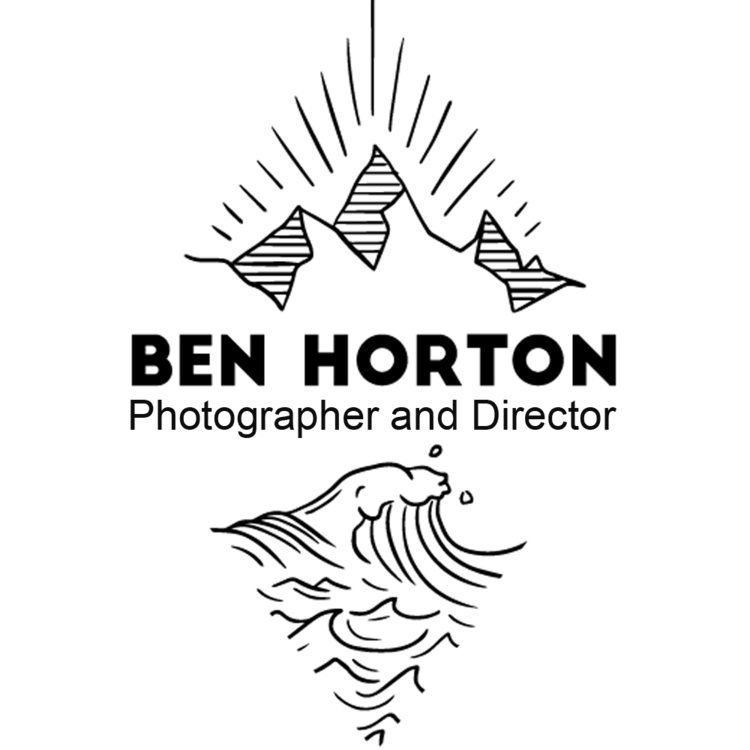I don't necessarily have good luck, or bad luck, but the luck that I do have is pretty strong. Whatever happens to me usually happens in full force. I showed up in Corcovado ready to work, ready to get some amazing photographs of bull sharks that we could use for conservation. Alas, on the first day I started shooting, my camera decided it was no longer going to turn on. Luckily I brought a backup, alas, it was a cheap substitute for my professional camera. I have put my equipment through so many rough situations that I had faith it would handle this 1 week shoot with ease. My faith was unfounded, as I was to find out as my equipment started to fail en mass. Of the equipment I brought with me, a full two-thirds of it failed. I count myself as being lucky though, because even with everything going wrong, my canon g11continued working, albeit barely as I had to turn it off between each shot, and pry the shutter button back out with a knife point so I could take another frame.
A spectacled caiman hiding under a log in Rio Sirena.
I'm very impressed with this little camera, but at the same time it is very limiting not to have a choice which lens I am going to use, or even the ability to zoom (the zoom button was no longer functioning either.) That said, I look at these situations as opportunities to learn how to be a better photographer. Point and shoot cameras generally don't have very much control over depth of field . This is one of the professional photographers tricks that they can use to separate their images from those taken with a "point and shoot" consumer level camera. In order to get some interesting background blurs and such with these cameras, it is necessary to get extremely close to your subject, which is good as well. It seems everybody can take photos of something from far away, but getting close to your subject provides a view that few people see, even in photographs.
Even with all of this bad luck, or poor foresight (depending on your understanding of luck) I found some amazing places where i will be able to return and get the shot next time, when my camera is working. I figured out where and when to see the baby sharks in the river, and made some great friends with the rangers in the Sirena ranger station. I've also tamed my fear of crocodiles a bit, though my respect for them has grown. They are the limiting factor here. They are what keeps you from jumping into a dark green pool of water to look for baby sharks, and they were the main reason it took me so long to find a safe place to get in the water. When I did find this spot, it was the last day, and my camera had finally died. It is a place where the river is pinched down to only about ten meters wide, where sharks and crocodiles are forced through one small passage. The water is clearer than the rest for some reason. It's got a long shallow river bank, with a conveniently placed log that separates the shallows from the depths. It is just big enough to put your head through and snap photos into the deep, croc and shark infested river. I think this is where I'll probably spend a lot of my time when I return, just laying in wait like those crocodiles that seem to always have an eye on us. (Sean once looked into the depths just in time to see a crocodile sneaking up on him not 5 feet away.
Just below the surface beyond the canoe lies a log which I can use as a hide
So, am I lucky or unlucky? Yes I counted 25 different species of bugs feasting on my flesh, and yes my camera equipment failed me. But I've learned enough that I can return with confidence, and get the shot that I need. I'm also very happy with some of the shots that I did get, and being forced to shoot with a handicap (little broken camera) meant that I really had to test my knowledge of the finer points of photography just to get anything at all.
So now, I'm back in the city of San José, Costa Rica. I'm getting ready to head north and surf for a few days before I head back to California. My mind is still in Corcovado though, and I'm anxious to get back there and get some amazing photographs!



